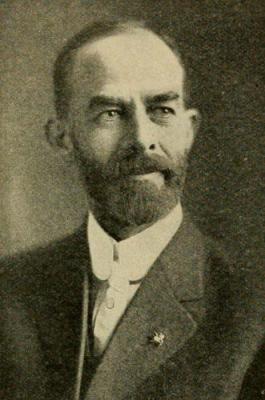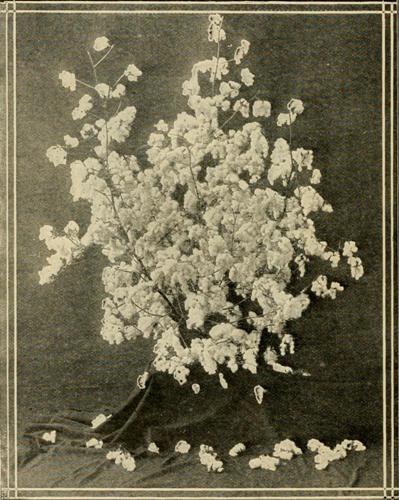

Prof. P. G. HOLDEN
Director I H C Agricultural Extension Department
“A one crop system will impoverish any country, and in turn it willimpoverish the people that are on its farms. It is only throughdiversification of crops and the using of our energies every day of theyear, as well as our hands, that we can make a great rich country and agreat, strong, vigorous people.”—Prof. P. G. Holden.

G. H. ALFORD
Of I H C Agricultural Extension Department
HOW TO PROSPER
IN
BOLL WEEVIL
TERRITORY
By G. H. ALFORD
Published and Copyrighted
by the
Agricultural Extension Department
International Harvester Company of New Jersey
Prof. P. G. HOLDEN, Director
CHICAGO, USA

A good stalk of cotton
Introductory
This book was prepared to furnish information on farming in the bollweevil territory. Special attention has been given to the production ofcotton in infested districts and to showing how to adopt a system offarming which has been found profitable by many farmers in boll weevilterritories. It was written by a man who has had practical experience allhis life in growing cotton in Mississippi, Louisiana and Texas. He laterdevoted a number of years to the special study of the boll weevil in thecotton fields of these states as special agent for the Farmers’Co-operative Demonstration Work. In addition to this, he is acquaintedwith the financial and economic conditions throughout the cotton belt.
Dedicated to all Cotton Growers
How to Prosper in Boll Weevil Territory
The System of Farming Necessary to Obtain Best Results Under Average Conditions in Boll Weevil Territory
In order to obtain profitable returns from farming in boll weevilterritory, we must—First, grow an early crop of cotton; second, use everymeans possible to destroy the weevil and reduce their number to a minimum;third, follow a system of diversified farming.
Grow an Early Variety of Cotton: To secure maximum cotton crops in spiteof the boll weevil pest, the cotton grower must use every effort to bringthe crop to maturity just as early in the season as possible. An earlycrop means profit—a late crop goes to the weevil, not to the farmer. Ifwe are to succeed in growing cotton under boll weevil conditions we must—
1. Reduce the cotton acreage so that